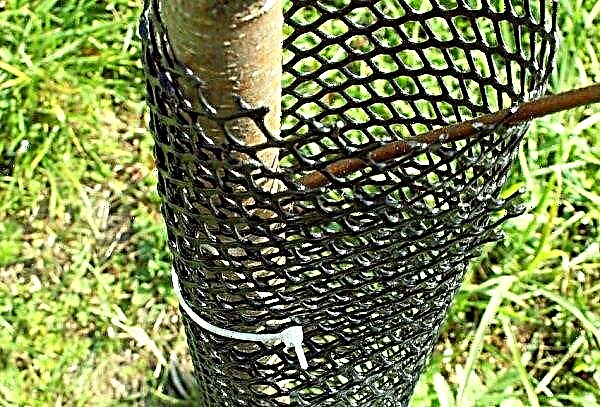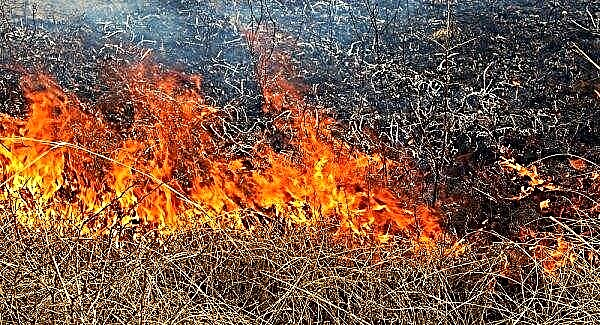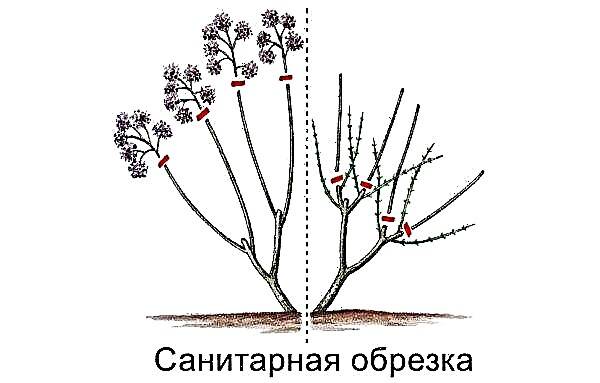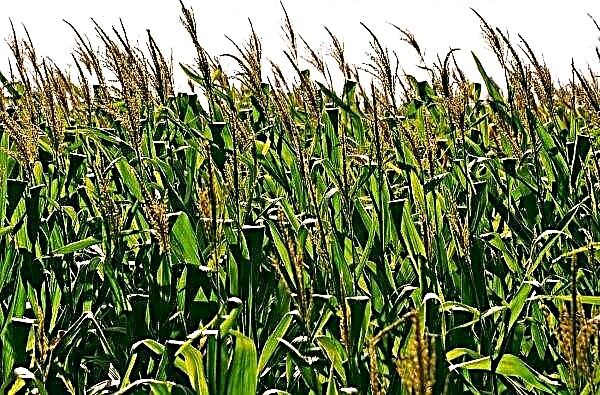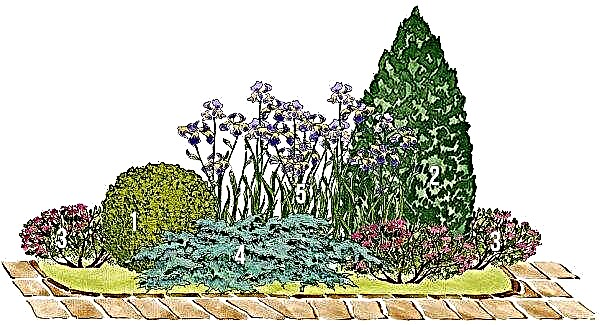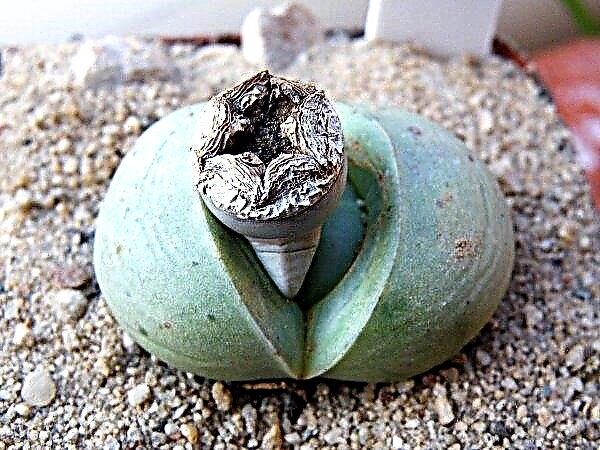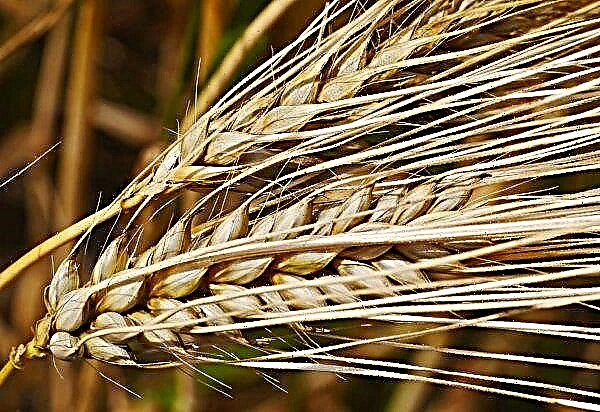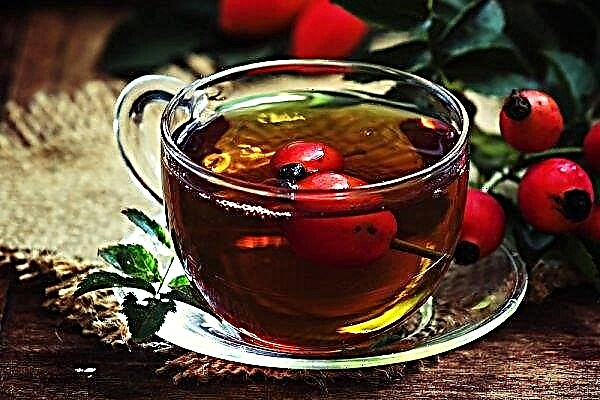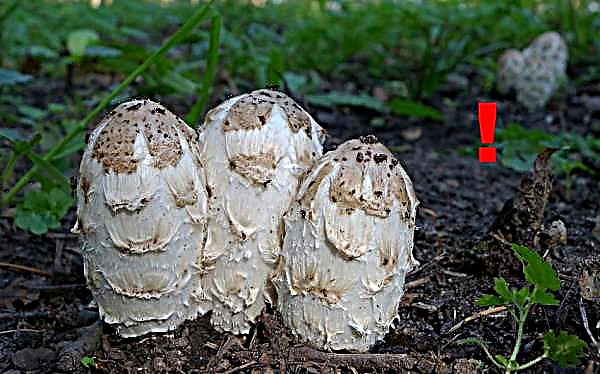Beekeeping is a popular agricultural industry and allows you to get delicious honey containing a large amount of vitamins and nutrients. Traditionally, honey insects are bred in regions with a warm climate so that they can collect nectar over the summer, but, if desired, an apiary can be organized in the northern regions, populating special northern bees in it. Their main advantages and features of the content, as well as the beneficial qualities of the honey produced by these insects, are listed further in the article.
Is it possible to breed bees in northern conditions?
Some people believe that beekeeping in a cold climate is impossible, but it is not. For the production of honey in regions with harsh winters and short summers, special insects are used.
Did you know? The average bee flight speed is 24 km / h.
They are called northern, Central Russian or Central European bees, and for the first time they were discovered in Europe about 8000 years ago. Gradually, the population of Central Russian bees independently spread throughout all the northern regions, and in the XVIII century these insects were brought to the territory of Siberia, Norway and Finland.

Compared with other varieties, this breed has a number of distinctive features:
- large sizes are typical for insects, and the average weight of one individual is 100–110 mg;
- the body of each individual is covered with long (up to 5 mm) hairs of a dark gray color, and characteristic yellow stripes on the abdomen are absent;
- insects are very hardy and can work even at an air temperature of +10 ... + 12 ° С, and working individuals for the first time begin to fly out of the hive already at a temperature of +5 ° С;
- in a short period of northern summer, this breed is able to produce a large volume of honey - up to 70 kg;
- insects can build honeycombs quickly, therefore they produce a lot of wax;
- uterine fertility can reach 2500 eggs per day;
- for the production of honey, insects prefer linden and buckwheat - in the absence of these honey plants, it is difficult for representatives of this breed to switch to collecting nectar from other plants;
- This species is characterized by aggressive behavior, so when performing work in the apiary, you need to wear a protective suit and behave very carefully.
Honey of northern bees in comparison with usual
Northern beekeeping allows you to get a special, elite look of honey, which is sealed in honeycombs with a white and dry signet. When laying the product in the honeycombs, the northern bees leave small gaps between their walls for air access, so honey is especially fragrant and has a characteristic sweetish-sugary taste.

The main distinguishing features of northern honey are listed below:
- the product contains a natural antibiotic - it has an antibacterial effect on the human body, helps lower body temperature during fever and stops inflammation;
- the diastase number of such honey is in the range from 25 to 45 and higher - this means that it contains a large number of enzymes that stimulate the metabolism in the body
- northern honey is an environmentally friendly product - honey plants, which are a source of nectar for this species of bees, grow in the natural environment without the use of pesticides and other harmful substances;
- the product has a useful chemical composition due to the fact that the nectar of honey plants growing in areas with a cold climate contains many important trace elements, vitamins and organic acids.
Did you know? The beekeeper spends, on average, about 835 minutes to service one bee family during the year.
Video: North Honey
Features of beekeeping in the north
Despite the large list of beneficial properties of northern honey, it is recommended that only beekeepers who have experience in this industry and spare no effort in caring for beehives breeding Central Russian bees.
Important! During cloudy weather with rain and strong winds, northern bees prefer to be in the hive, so it is not recommended to open the structure at this time.
Beekeeping in the north has certain features, therefore, when keeping an apiary, it is recommended to adhere to such recommendations:
- insects, first of all, fill the store’s extension with honey, and then part of the hive with brood, so pumping out honey on the eve of winter, you need to carefully monitor the amount of remaining food;
- the wintering period in this species of insects begins in mid-October and ends approximately in mid-April;
- hives with northern bees for the winter leave on the street - this tempers the insects and prevents their death;
- to protect the hives from severe frosts and cold winds in winter, it is recommended to leave a natural high layer of snow around them - it protects insects from the cold;
- in winter, northern bees economically consume prepared food - it will be enough for them to leave a few frames partially filled with honey, and only 1.2 kg of food will be needed in one small street of insects for the wintering period;
- honey cannot be pumped out immediately after the swarm’s first departure - when it gets warm outside (around +12 ... + 14 ° С), the uterus begins to actively lay eggs, and working individuals at this time procure enough feed for numerous offspring;
- in each hive there should be only one queen - the uterus of northern bees does not get along with each other at all and start a war for territory;
- with copious honey collection there is no need to put a separation lattice in the hive, since insects are able to independently limit the oviposition of the queen;
- when bribes of 2 kg are collected in the hive, you need to insert additional frames into the structure and change the old uterus to a younger one - this will help prevent the onset of swarming;
- in preparation for wintering, a full-sized horizontal frame is placed on the slats inside the hive, and a pepper cake is laid on the top of the frames with honeycombs.
Video: beekeeping in the North
Beekeeper Tips
In addition to the main features of caring for northern bees, it is also recommended to use some auxiliary techniques in the apiary, which facilitate the work with hives and improve the productivity of the bee family.
- The following are additional tips from experienced beekeepers on this subject:
- when working in an apiary, fear or irritation cannot be shown - bees feel a person’s insecurity and begin to sting him;
- Before opening the hive, you need to use a smoke box and be sure to wear individual protective equipment - a one-piece suit made of thick fabric, special gloves, as well as a mesh mask for the face and neck and high closed shoes;
- it is not recommended to disturb insects in the afternoon - at this time they are most aggressive;
- it is necessary to place an apiary so that a sufficient number of honey plants for insects is within a radius of 2 m;
- It is recommended to breed this species of bees only in small apiaries - taking care of each family takes a lot of time, therefore it is quite difficult to maintain a large number of hives;
- hives are best placed in rows so that between adjacent structures in the same row is 3-4 m, and between rows at least 4 m.
Important! So that insects can calm down a bit after opening the hive, you need to interrupt work periodically and move a short distance from the apiary.
Northern bees can produce a large volume of honey even for a limited period of time in regions with a very harsh climate and short cool summers. Using the information presented in this article, you can independently contain northern bees in your area in order to obtain high-quality honey, which is distinguished by its useful composition and excellent taste.

